
HISTORY
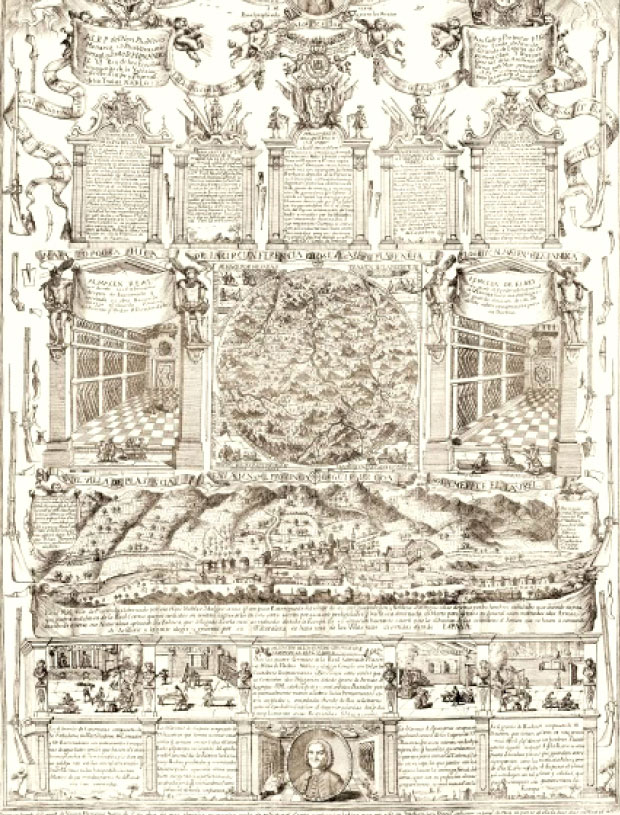
The Royal Factories of Placencia 1573
With origins in the 16th century, King Philip II granted the status of royal factories to the group of guild workshops dedicated to the production of weapons in Guipúzcoa and Vizcaya, and established a permanent headquarters in Placencia de las Armas-Soraluze for their control and storage.”
SAPA Timeline
1573
The Portable Firearms and War Blades Factory of the Villa de Placencia is founded and offered to King Philip II; inaugurating the mass production of weapons. Henceforth, being under the auspices of the Crown, the site is referred to as "Royal Arms Factory”.
1862
The Euskalduna factory is established in Solaruce, Placencia de las Armas, where handguns and artillery for the Spanish army are manufactured with the most modern machinery of the period.
1887
Euskalduna is acquired by Placencia de las Armas Company Limited, a subsidiary of the Anglo-Swedish company Nordenfelt Company Limited, formed by the most important handgun manufacturers of the period, Thorsten Nordenfelt and Hiram Stevens Maxim.
1890
Thorsten Nordenfelt is replaced in the shareholder group by the British company Vickers Sons & Co. Ltd. Subsequently, in 1910, with the withdrawal of Maxim, Vickers Ltd. becomes the sole owner.
1908
Placencia de las Armas Company Limited is incorporated.
1935
On July 11th, 1935, the Board of Directors of Placencia de las Armas Company Limited meets at its headquarters in London to agree on the liquidation or dissolution of the entity in Spain. Sociedad Anónima Placencia de las Armas (SAPA) is established with the acquisition of the facilities and the construction of a new factory in Andoain.
1946
Production of proprietary developments begins, such as the 75/13 rapid-fire infantry cannon and the 60/65 cannon.
1972
In relation to main battle tanks, SAPA participates in the Spanish AMX 30-Roland program by integrating the Allison CD850 transmission.
1985
SAPA launches an ambitious modernization plan that including an industrial alliance with Oerlikon Contraves, nowadays Rheinmetall Air Defence.
1994
Participation in the MBT Leopard Program, with the production of transmission, brakes, final drives, and tracks. Subsequently, the first auxiliary power unit for this vehicle is designed.
1999
SAPA begins the modernization of the 35/90 anti-aircraft gun in its GDF001 and GDF005 versions, integrating the Skyguard system.
2003
SAPA establishes the Placencia R&D Center of Excellence with the aim of designing, developing, and producing advanced mobility and energy generation solutions for armored vehicles.
2004
The SG-850 transmission from SAPA has been selected for the tracked vehicle of the Pizarro family of the Spanish Army.
2016
SAPA wins the competition to develop the future transmission for the DEVCOM Ground Vehicle Systems Center (GVSC) with the aim of improving the efficiency of tracked vehicles.
2019
SAPA initiates the construction of its facilities in Shelby Township, Detroit. These will have 10,000 m² dedicated to research, development, and production of transmissions for US Army combat vehicles.
2020
TESS Defence, S.A. is established, a company composed of Indra, Escribano, Santa Bárbara Sistemas GDELS, and SAPA, dedicated to the manufacturing, development, marketing, maintenance, and lifecycle support of vehicles.
2020
The Spanish Ministry of Defense awards the first phase of the VCR 8x8 Dragon program of 348 vehicles to TESS Defence. The program will reach 1,000 units with the aim of renewing the current fleet of BMR and VEC of the Army. SAPA leads the vehicle's mobility by integrating the powertrain, as well as the generation and management of onboard power.
2021
SAPA completes the construction of its factory and headquarters for the American market in Shelby Township, Michigan, with the aim of supporting the US Army's vehicle engineering, production, and maintenance programs.
2023
TESS Defence has been awarded the VAC (Tracked Support Vehicle) program for the production of new vehicles to replace the M113s. SAPA leads the mobility and the onboard power systems of the vehicle.




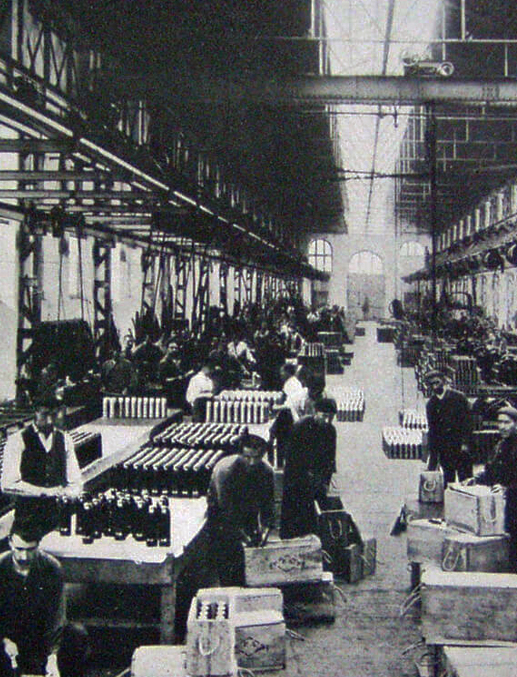


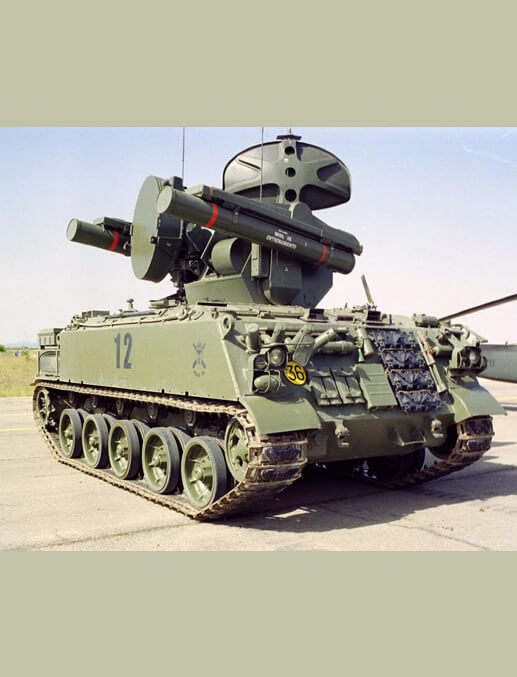


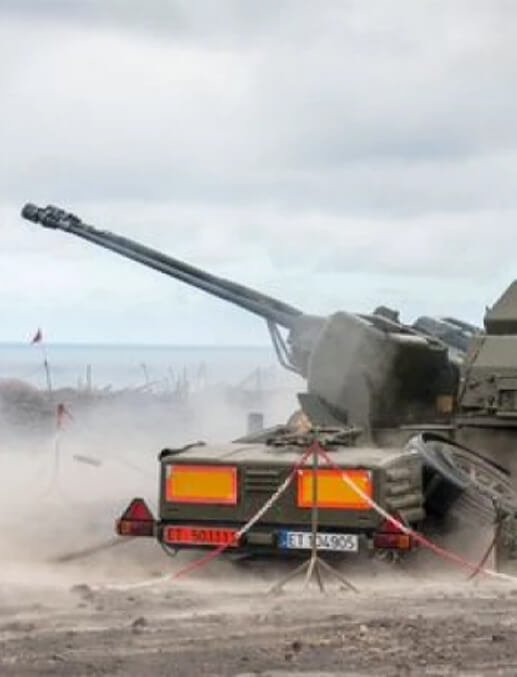
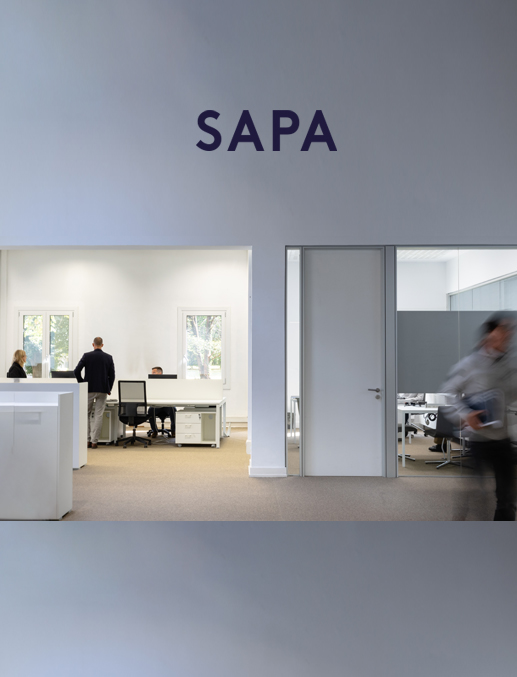


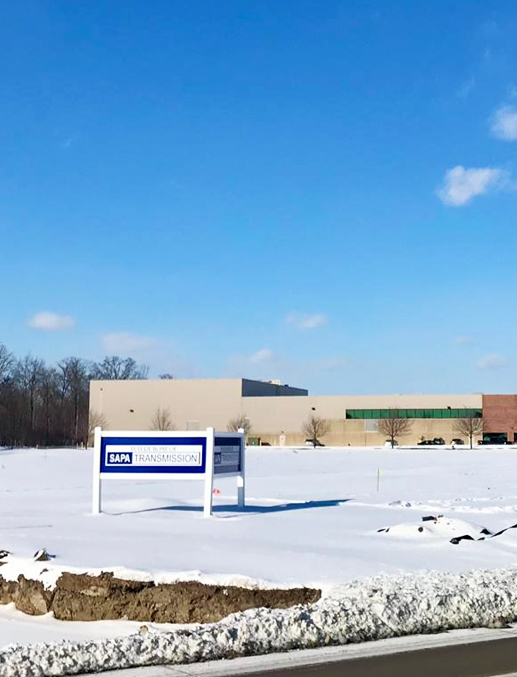

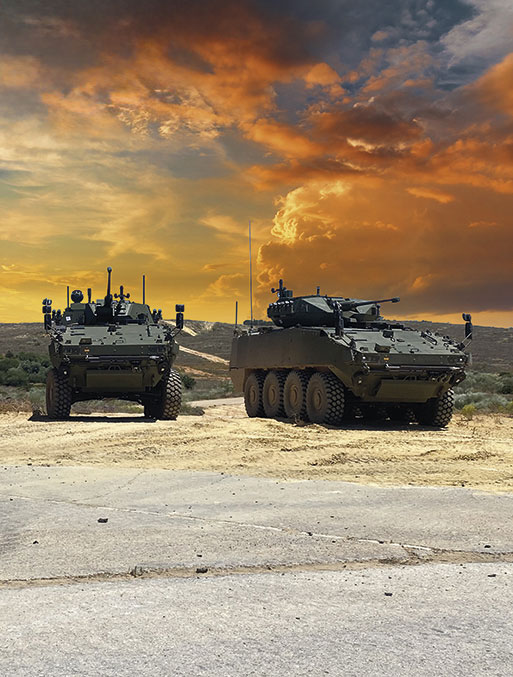
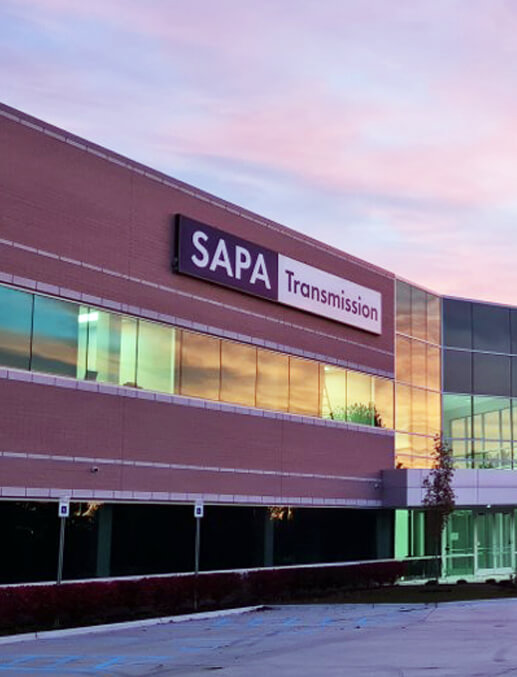

SAPA Timeline
2023
TESS Defence has been awarded the VAC (Tracked Support Vehicle) program for the production of new vehicles to replace the M113s. SAPA leads the mobility and the onboard power systems of the vehicle.
2021
SAPA completes the construction of its factory and headquarters for the American market in Shelby Township, Michigan, with the aim of supporting the US Army's vehicle engineering, production, and maintenance programs.
2020
The Spanish Ministry of Defense awards the first phase of the VCR 8x8 Dragon program of 348 vehicles to TESS Defence. The program will reach 1,000 units with the aim of renewing the current fleet of BMR and VEC of the Army. SAPA leads the vehicle's mobility by integrating the powertrain, as well as the generation and management of onboard power.
2020
TESS Defence, S.A. is established, a company composed of Indra, Escribano, Santa Bárbara Sistemas GDELS, and SAPA, dedicated to the manufacturing, development, marketing, maintenance, and lifecycle support of vehicles.
2019
SAPA initiates the construction of its facilities in Shelby Township, Detroit. These will have 10,000 m² dedicated to research, development, and production of transmissions for US Army combat vehicles.
2016
SAPA wins the competition to develop the future transmission for the DEVCOM Ground Vehicle Systems Center (GVSC) with the aim of improving the efficiency of tracked vehicles.
2004
The SG-850 transmission from SAPA has been selected for the tracked vehicle of the Pizarro family of the Spanish Army.
2003
SAPA establishes the Placencia R&D Center of Excellence with the aim of designing, developing, and producing advanced mobility and energy generation solutions for armored vehicles.
1999
SAPA begins the modernization of the 35/90 anti-aircraft gun in its GDF001 and GDF005 versions, integrating the Skyguard system.
1994
Participation in the MBT Leopard Program, with the production of transmission, brakes, final drives, and tracks. Subsequently, the first auxiliary power unit for this vehicle is designed.
1985
SAPA launches an ambitious modernization plan that including an industrial alliance with Oerlikon Contraves, nowadays Rheinmetall Air Defence.
1972
In relation to main battle tanks, SAPA participates in the Spanish AMX 30-Roland program by integrating the Allison CD850 transmission.
1946
Production of proprietary developments begins, such as the 75/13 rapid-fire infantry cannon and the 60/65 cannon.
1935
On July 11th, 1935, the Board of Directors of Placencia de las Armas Company Limited meets at its headquarters in London to agree on the liquidation or dissolution of the entity in Spain. Sociedad Anónima Placencia de las Armas (SAPA) is established with the acquisition of the facilities and the construction of a new factory in Andoain.
1908
Placencia de las Armas Company Limited is incorporated.
1890
Thorsten Nordenfelt is replaced in the shareholder group by the British company Vickers Sons & Co. Ltd. Subsequently, in 1910, with the withdrawal of Maxim, Vickers Ltd. becomes the sole owner.
1887
Euskalduna is acquired by Placencia de las Armas Company Limited, a subsidiary of the Anglo-Swedish company Nordenfelt Company Limited, formed by the most important handgun manufacturers of the period, Thorsten Nordenfelt and Hiram Stevens Maxim.
1862
The Euskalduna factory is established in Solaruce, Placencia de las Armas, where handguns and artillery for the Spanish army are manufactured with the most modern machinery of the period.
1573
The Portable Firearms and War Blades Factory of the Villa de Placencia is founded and offered to King Philip II; inaugurating the mass production of weapons. Henceforth, being under the auspices of the Crown, the site is referred to as "Royal Arms Factory”.


















